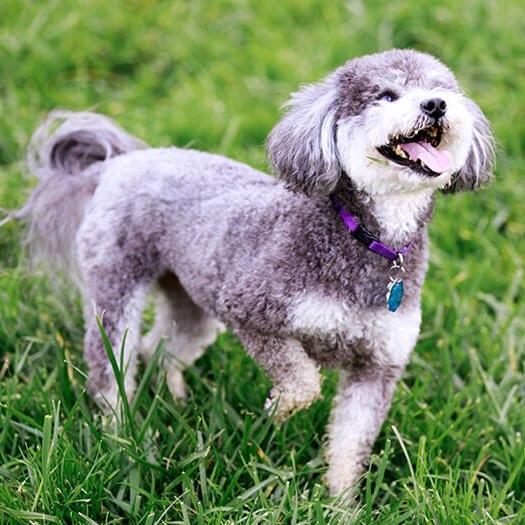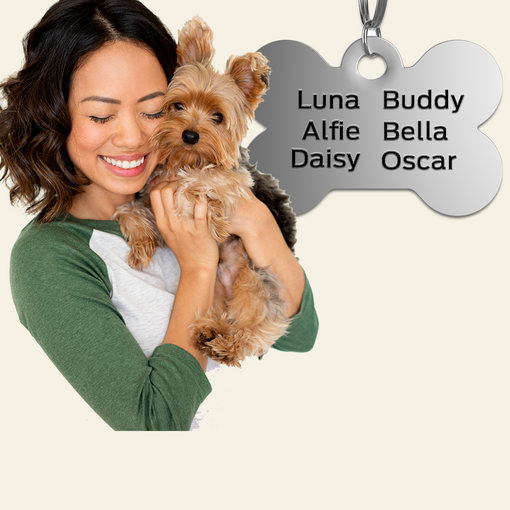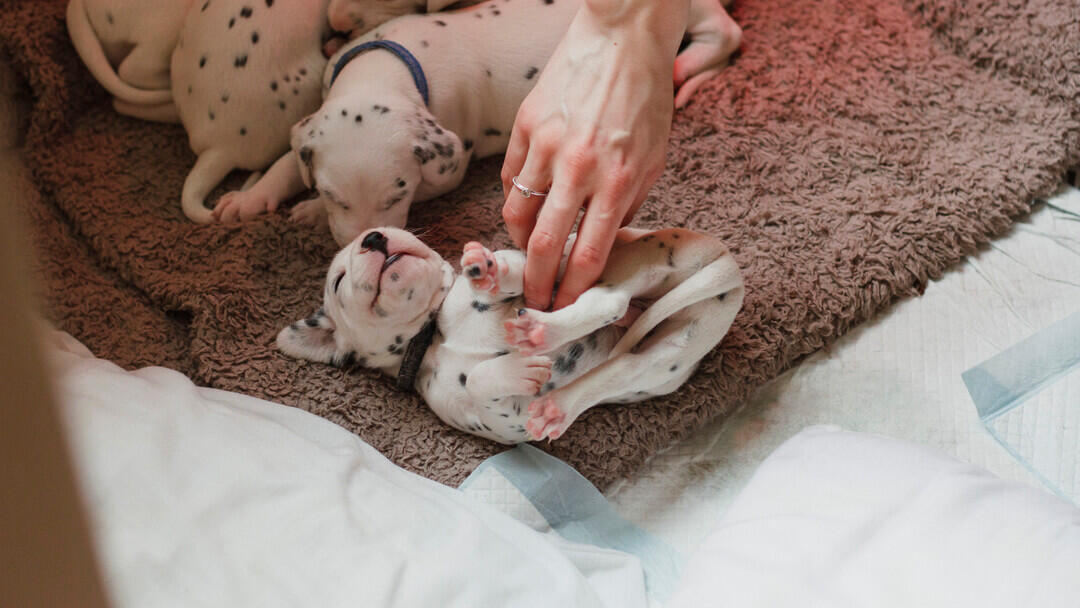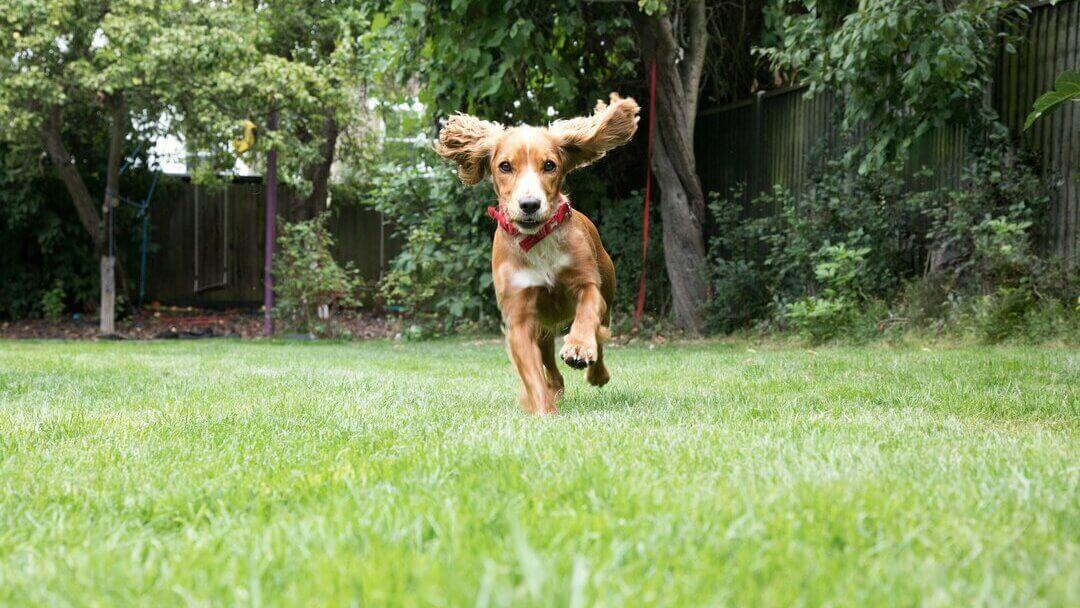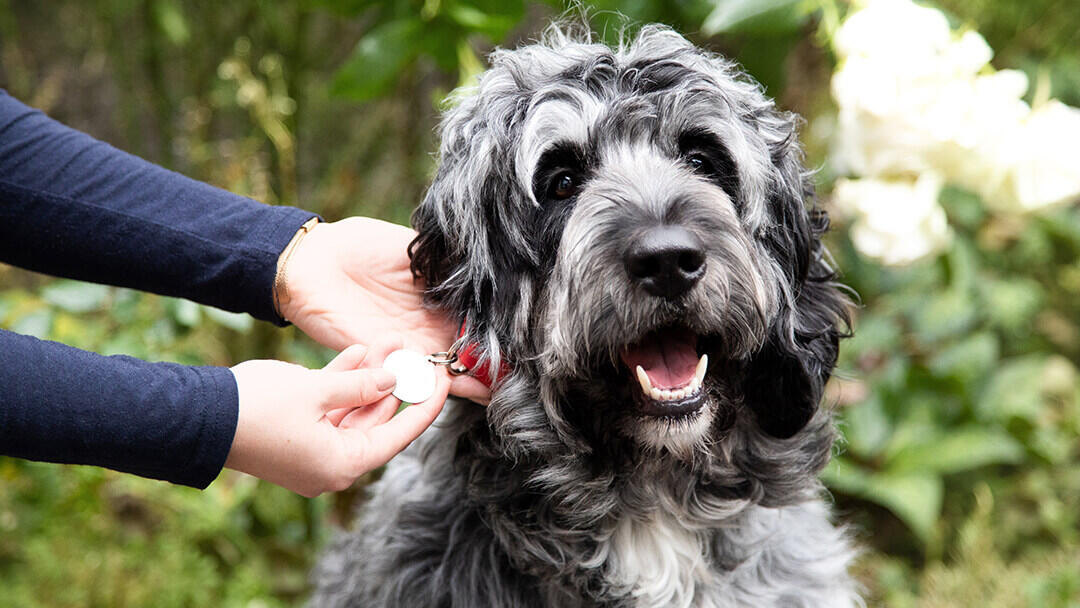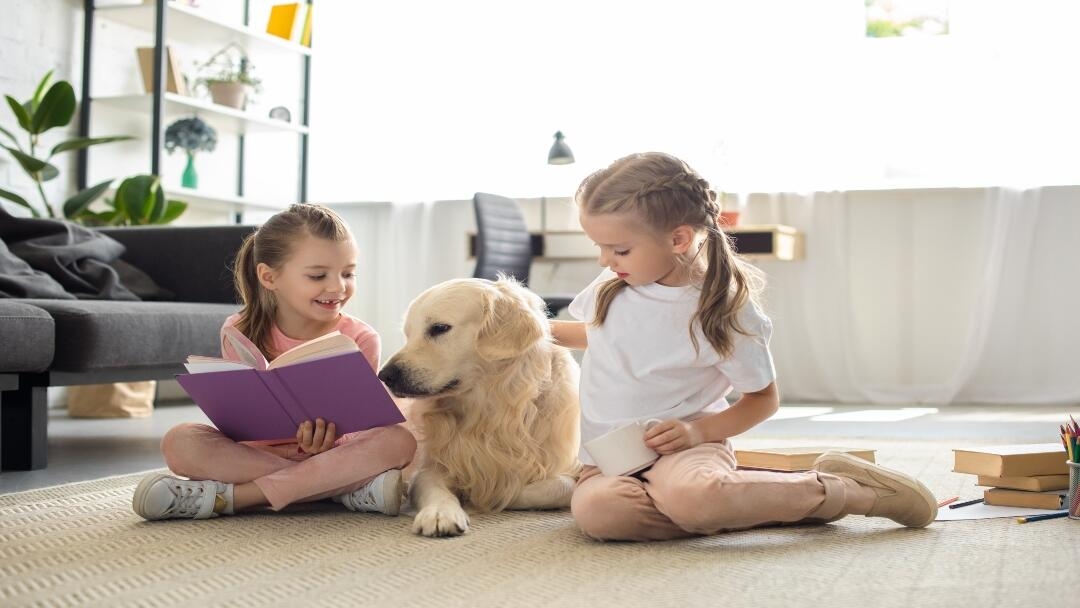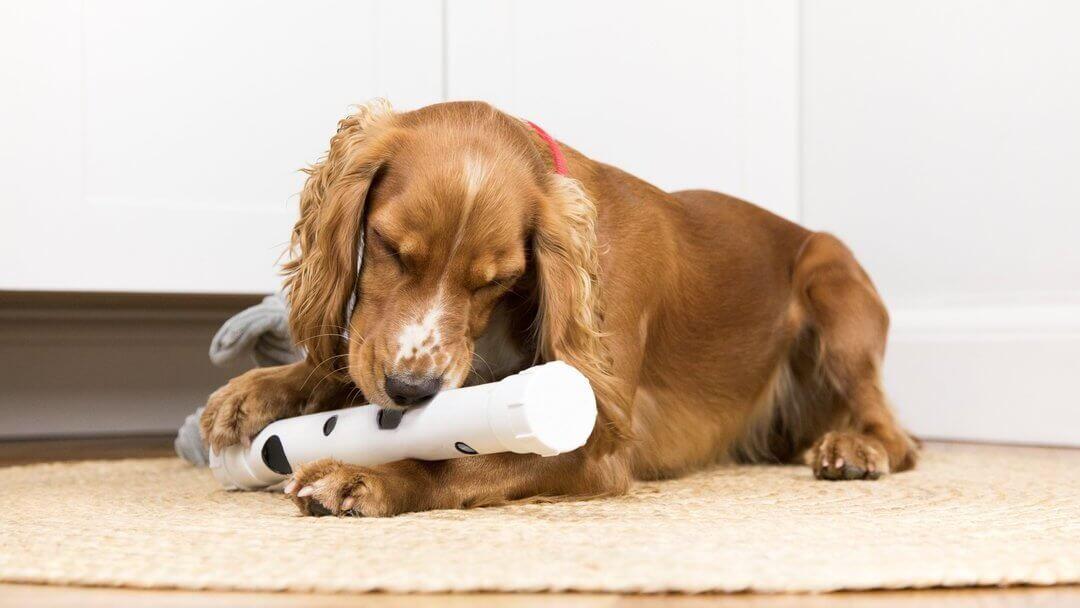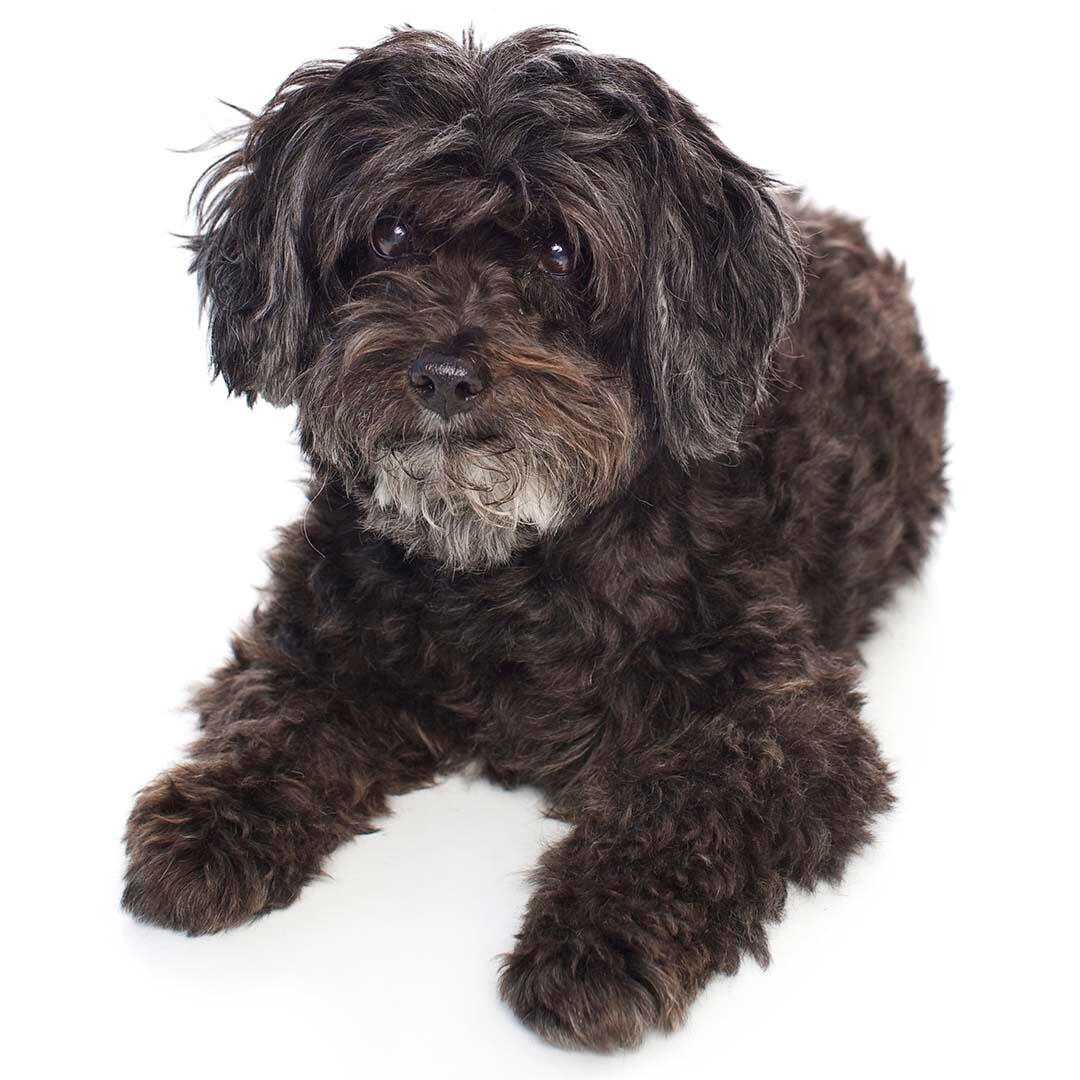
The Poodle is a lively, sociable and affectionate dog who is both intelligent and amusing, and makes a wonderful and fun companion. They love to be included in all family pursuits and can be good watch dogs, announcing visitors but never being aggressive. The Standard Poodle is still at heart a working dog and can easily be the start of your training class, your agility group or in the obedience ring. They thrive with a job to do where they can work with their owner. The smaller poodles are still clever and active and many can be seen excelling in agility or training classes.
It is clear however from looking at the two breeds that make up the Schnoodle that this is an active dog (whatever its size) who needs a lot of exercise, training and input from owners. But personalities are hugely variable.
If a Giant Schnauzer and a Standard Poodle are crossed, this will be a large, active, athletic dog who may well guard, be territorial and be best suited to experienced owners. A Toy Poodle crossed with a Miniature Schnauzer however will in all likelihood produce a bouncy, happy, very talkative companion dog who will be highly bonded to their owner and will enjoy long walks or nights on the sofa equally!
The personality of a Schnoodle seems to be more consistent when they are first crosses (F1). As a line is successively bred, they can be either bred back to one of the original breeds (and so strengthen either the Schnauzer or the Poodle personalities) or be bred to another Schnoodle - in which case there is less predictability in temperament (and in-breeding becomes more of a potential issue).
